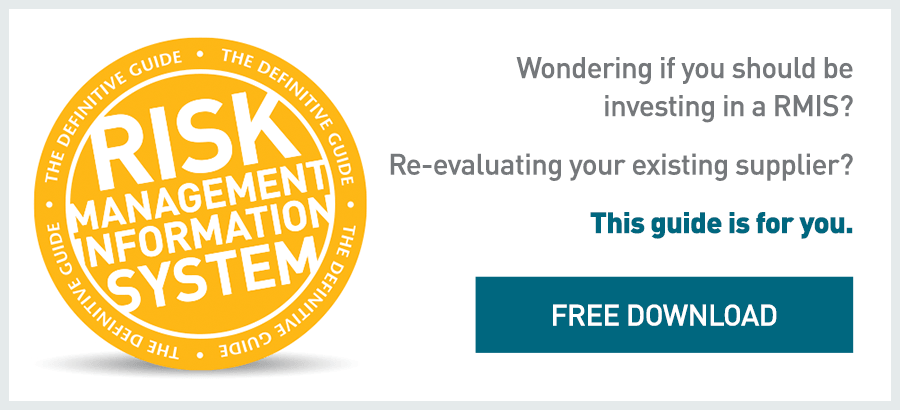"Safety first."
You've likely heard that expression often - and for good reason. After all, in a workplace environment, nothing should be more important than ensuring the well-being of employees. But you've likely also heard the expression that "an ounce of safety is worth more than a pound of remedy." Hence, it's better to work toward preventing problems before they arise, rather than to handle them after they've come to fruition.
In 2013, the Occupational Safety & Health Administration (OSHA) stated that 4,585 people died on the job. That's 3.3 per 100,000 full-time workers. It's some 88 deaths per week, or about 12 deaths each day. OSHA identifies a "fatal four," which accounted for just over 4,000 of this 4,585 death toll - electrocution, falls, being struck by an object, and getting caught in between an object. It's also worth noting that this death toll doesn't include the 4.1 million workers that suffer serious on-the-job injuries each year.
While the statistics might be alarming to some, these numbers are actually much lower now, since the Occupational Health & Safety Act was signed into law nearly four decades ago. In fact, workplace fatalities are down some 60 percent since that was signed into law. But the fact is that fatalities and serious injuries still happen on the job site. It's up to the individual employer to make job safety a priority - not an afterthought, as many do - to minimize the risk of accident.
How can safety be made a priority? By implementing an injury and illness prevention program, a proactive plan that helps employers and employees identify and resolve workplace hazards before an accident even has a chance to occur. The benefits of such a program are plentiful. For instance, not only do workplace injuries and fatalities decrease, but many businesses also report an increased morale among the workers themselves, which can thereby lead to increases in productivity. Think about it: when workers know that their employer cares about them, they're more inclined to do a better job. It's also worth noting that not only are injuries and worker fatalities hard from a financial aspect - both on the individual and their family, as well as the business itself - but injury and death may also result in business interruption, which can be detrimental to a company's bottom line.
That's where an effective injury prevention program comes in. Injury prevention programs contain several basic elements - management leadership, worker participation, hazard identification, training, education, continuous evaluation, etc. They require a commitment from management to carry out and a buy-in from the workers. But when these plans are effective, studies indicate that 28 percent of employers report a reduction in cost, 43 percent an increase in productivity, 7 percent better employee retention and 6 percent better employee morale.
Yes, safety first. As you can see, it pays - literally - to embrace a workplace that's proactive, and not reactive, about safety.










